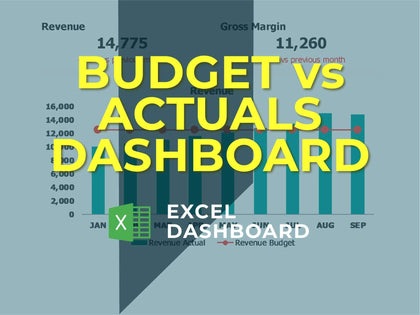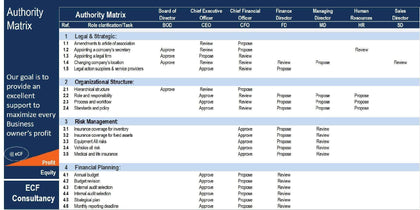Improving employee performance and tapping them for future leadership roles are just a few of the ways you can increase job satisfaction and retention rates. The 9 Box Talent Grid is a simple, free tool that helps HR and managers accomplish all that and more. What is the 9 Box Talent Grid? The 9 Box Talent Grid, also known as the 9-box grid, is a visual tool used by HR to facilitate discussions with managers about employee performance and potential. During the discussion, employees are mapped within one of nine boxes mapped along a y- and x-axis. The x-axis describes the employee’s performance in their current role, which may either be low, moderate, or high. The y-axis usually describes the employee’s potential, which also ascends from low to high, although the meaning of the y-axis can change depending on an organization’s priorities. It’s important to note that just because an employee might be mapped to the low performer/low potential box doesn’t necessarily mean they should be let go from the company. Both potential and performance are linked to an employee’s current role. Everyone thrives in different environments at different work, so understanding where your people each fit in the 9-box right now can help you address any issues they may be having or if another role in your company is a better fit.
9 Box Talent Grid Key Features
Identify potential leaders
Plan employee development
Plan organizational improvement
Define desired outcomes
Schedule initial evaluations
Encourage open-mindedness
9 Box Talent Grid available visualisations
Plan organizational improvement
The 9-box model can also highlight ways the organization as a whole can improve, such as a more thorough recruiting and hiring process, which might include changes to job descriptions and processes, among other things. The model can also help identify several potential leaders. In that case, you might want to invest in coaching products, leadership development retreats, and other training tools to develop new leaders.
Plan employee development
Knowing which box an employee falls into shows HR and managers how they can best support the employee toward reaching their next career goal. Here’s a template with suggested action items in each box. For example, this 9-box template shows that an employee with low performance but high potential might be an excellent candidate for coaching or mentorship.
Identify potential leaders
Current employees often make strong candidates for future division leaders, vice presidents, or C-level executives. A 9-box grid can help identify who these employees might be and what professional development they need to be successful. Not only does this help the company retain talented people, but the opportunities for career advancement and learning new skills can contribute to an employee’s overall satisfaction.































